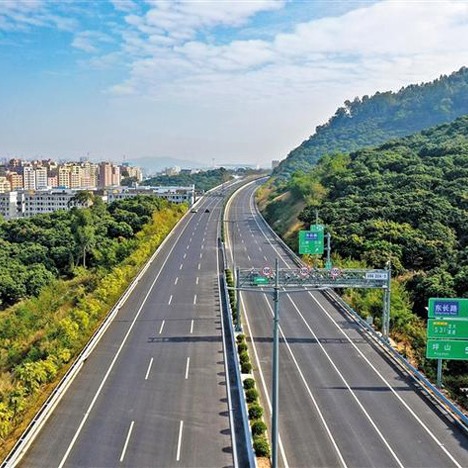
7月5日,深圳市人大常委会网站发布《深圳经济特区智能网联汽车管理条例》,自2022年8月1日起施行。这是国内首部关于智能网联汽车管理的法规,也意味着深圳成为首座对L3级乃至更高级别自动驾驶放行的城市。

Shenzhen, a city that pioneered reform and opening-up in China, will allow fully autonomous vehicles to run on certain roads, as the city in Guangdong province unveiled the nation's first regulation tailored for smart and internet-connected vehicles.
深圳这座率先在中国实行改革开放的城市日前发布了我国首部关于智能网联汽车管理的法规,将允许无人驾驶汽车在特定路段行驶。
The new regulation, scheduled to come into force on Aug 1, also clarified rules for liability in car accidents that involve autonomous driving, helping to fill the legal gap in China's smart car industry.
将于8月1日起施行的新法规明确了无人驾驶引发的交通事故的责任划分,有助于填补中国智能汽车产业的法律空白。
Shenzhen is giving self-driving cars a legal "identity card", a key move in accelerating the commercialization of autonomous vehicles, experts said, adding that more legal measures and more testing experience are needed before widening such trials.
专家称,深圳让自动驾驶汽车有了合法的“身份证”,这是实现商业化运营的重大一步。专家还指出,在扩大试点之前还需要更多法律措施和进一步测试。
The new regulation said automakers don't necessarily have to equip fully autonomous vehicles with human driving modes and equipment, nor must they have human drivers.
根据新规,完全自动驾驶的汽车可以不具有人工驾驶模式和相应装置,可以不配备驾驶人。
But such fully automated vehicles can only run on certain roads and sections designated by Shenzhen's traffic management department, according to the regulation, which was published on the official website of Shenzhen Municipal People's Congress on Tuesday.
但是条例指出,这种完全自动驾驶的汽车只能在深圳交通管理部门划定的区域、路段行驶。该条例于7月5日发布在深圳市人大常委会官网上。
The new regulation classified autonomous vehicles into three types: conditionally autonomous driving, highly autonomous driving and fully autonomous driving.
新规将自动驾驶汽车分为三类:有条件自动驾驶、高度自动驾驶和完全自动驾驶。
The former two types of vehicles must have human control equipment and drivers, the regulation added.
新规指出,前两种自动驾驶汽车必须配备人工驾驶设备和驾驶员。
The regulation also clarified rules for liability in car accidents that involve autonomous driving. For autonomous driving vehicles with a driver, the driver is held responsible for accidents and compensation.
新规还明确了自动驾驶引发的交通事故的责任划分。对于需要有驾驶员的自动驾驶,违法和赔偿责任由驾驶员承担。
For fully autonomous vehicles without a driver, the owner or the user of the vehicle is held responsible for accidents and compensation.
对于没有驾驶员的完全自动驾驶汽车,事故责任由车辆所有人、管理人承担。
In a traffic accident, if the damage is caused by the defects of a vehicle, the driver, the owner or the user of the vehicle, after paying for the bill, can request compensation from the manufacturer or seller of the car in accordance with laws, the regulation said.
条例指出,如果交通事故原因是因汽车存在缺陷造成的损害,驾驶人或者车辆所有人、管理人可以在承担事故责任后,依法向生产者、销售者索求赔偿。
Yu Qian, CEO and founder of QCraft, a Chinese self-driving startup, said, "China's autonomous driving industry is entering a golden development period, with policies becoming increasingly clear and open, and technologies and algorithms becoming more powerful."
中国自动驾驶初创企业轻舟智航创始人、首席执行官于骞表示,随着政策变得更加开放和透明,自动驾驶产业正迎来发展的黄金拐点,技术算法越发强大。
英文来源:中国日报
翻译&编辑:丹妮